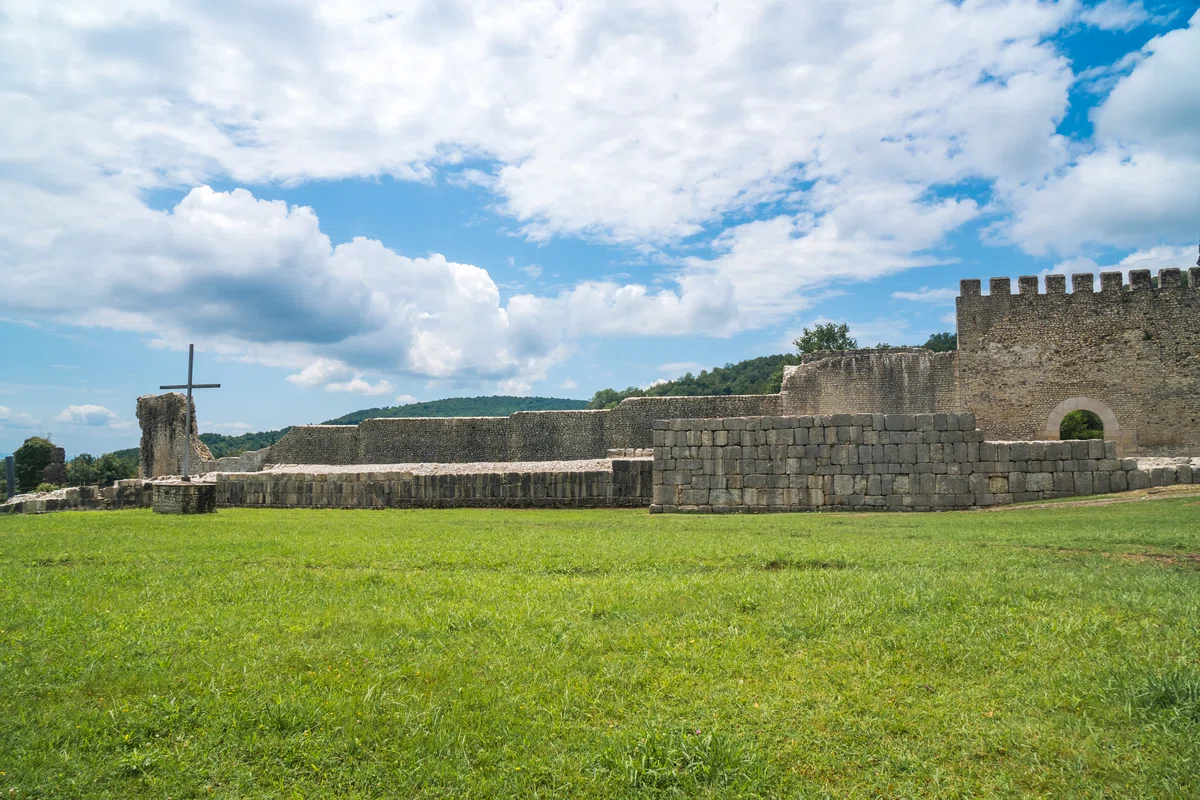
Fortress cities in Georgia. Visit Nokalakevi.
The fortress city of Nokalakevi at one time was of great strategic importance. The city is surrounded by a three-kilometer fence, the city was also protected by a river and steep cliffs. During excavations on the territory of the fortress, ceramic and bronze products, jewelry, coins were found, crypts-tombs of the pagan period were discovered. Everyone should definitely visit this place.
Nokalakevi It was in the ancient era and the era of early Christianity the political center of Colchis (Egrisi), the capital of Lazica (IV-VIII centuries). It is located on the left bank of the Tehura River, 17 kilometers north-east of the city of Senaki (the river frames the city from three sides).
According to historical information, the fortress city was built by eristavi (governor of the province), egrisi Guji (IV-III centuries BC). It is with his name that the ancient name of the city - Tsikhegji (Fortress-Guji) is associated. Greek sources of later times call this city Archeopolis (which means "old town", in Georgian "Nokalakevi"). According to some historians, it was on the site of modern Nokalakevi that the mythical city of Ayia was located, from where Jason, Medea and the Argonauts stole the golden Fleece.
The construction of a fortress city on this site was due to military-strategic necessity and a large population. Archeopolis turned out to be an irresistible fortress for the enemy during the Iranian-Byzantine "Aegris Great War" (542-562). In 736, the city was occupied and ravaged by the Arab commander Murvan ibn Muhammad (Murvan-deaf). After that, Tsikhoji lost its strategic importance. In the XVI-XIX centuries. Nokalakevi was the residence of the rulers of Odisha.
Nokalakevi is surrounded by a 3 km long fence, covers an area of 19 hectares and consists of three parts: the lower town, the central fortress and the citadel. The settlement of the townspeople was located on the river bank, the garrison was fortified on the slope, and the citadel of the fortress on the mountain (4 hectares). On the territory of the lower city there was the residence of the kings (IV century.), a three-nave basilica (IV century.), converted into a domed church, a three-nave basilica (VI century.), a three-storey palace (VI century.), a gate with a tower, baths. In the citadel there is a zal church (VI-VII centuries).
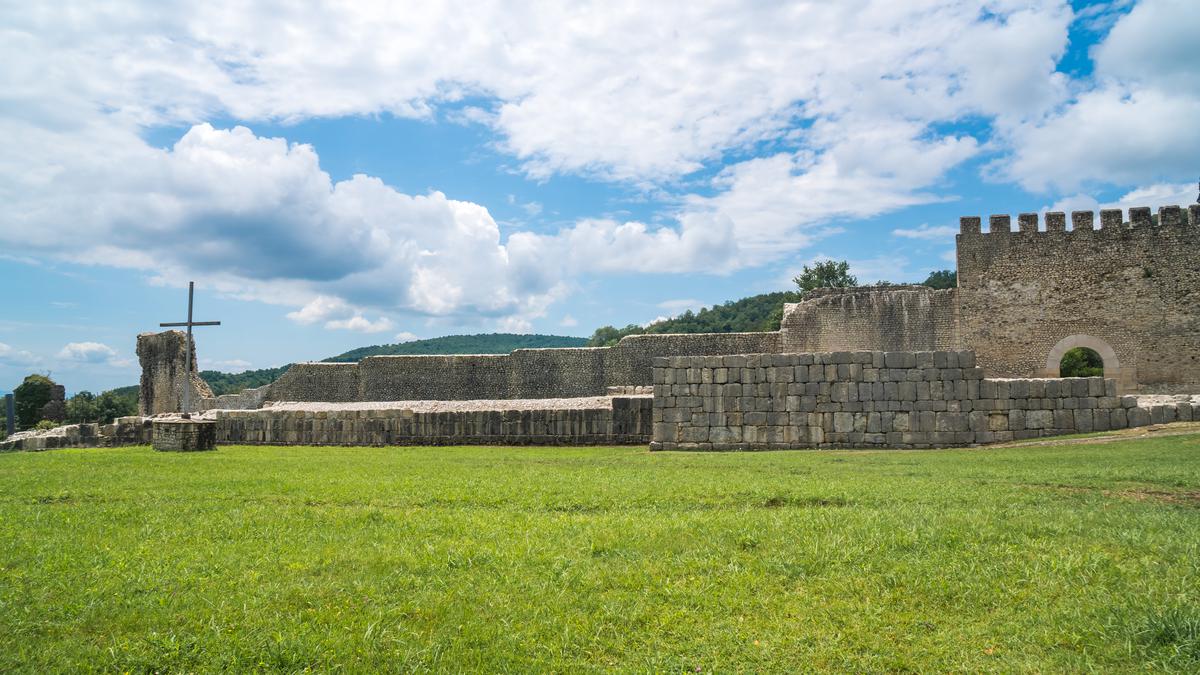
The fortification system of the city was arranged in accordance with the geographical environment. The city was protected on three sides by the river and steep cliffs, and on the eastern side, which was "not covered" by nature, three fences were built. The northern side was controlled by a "castle" tower built into the fence.
Ceramic and bronze products, jewelry, copper and gold coins, both locally produced and imported, were found on the territory of the fortress. Crypts-tombs of the pagan period were discovered on the territory of Nokalakevi. Those buried in these tombs had a coin in their mouths - the Colchian tetri. Two baths were also found in Nokalakevi. One of them was intended for rulers and nobles, and the other for citizens and soldiers of the garrison. It should be noted that the baths worked according to the central heating system.
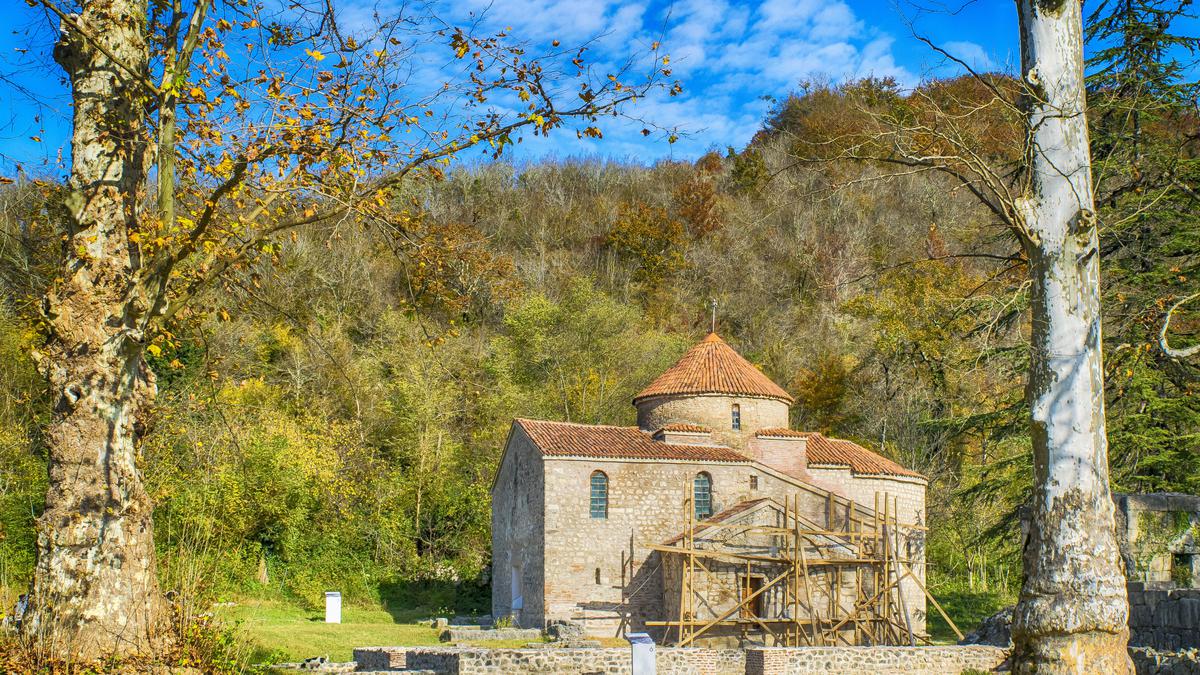
See all the sights of Georgia
-
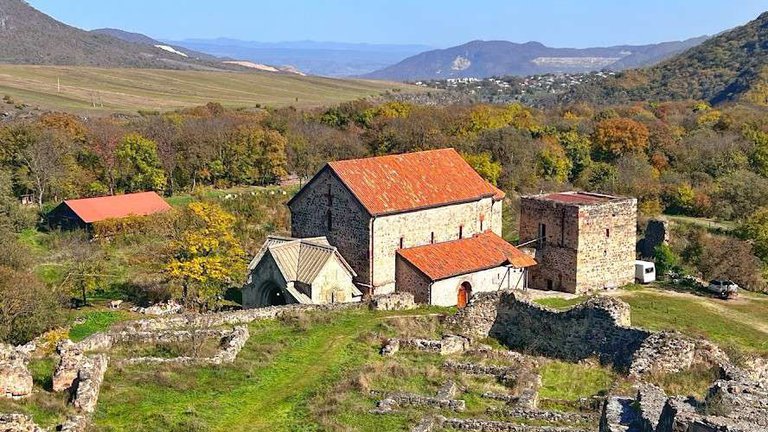
🏰 Dmanisi Sioni: An architectural wonder and an important religious center of Georgia 🌍
Sights of GeorgiaThe Dmanisi Cathedral of the Mother of God is one of the oldest churches in Georgia, buil…
-

🔮 Church of the Ascension in Ozaani: History, frescoes and architectural features of one of the most interesting sights of Georgia!
Sights of GeorgiaVisit the unique church in Ozaani! Find out how to get there, what to take with you, wher…
-

Besletsky Bridge in Abkhazia: Legends, Secrets and How to Get to This Ancient Miracle
Sights of GeorgiaHow to get to the Besletsky Bridge in Abkhazia? Where to spend the night, what to take wi…
-
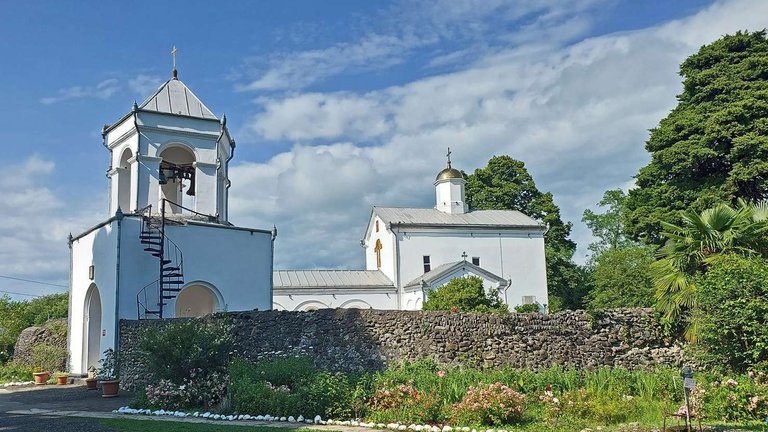
Ilori Temple in Abkhazia: Tragedy of Restoration, Disappeared Relics and Secrets Shrouded in Darkness
Sights of GeorgiaFind out everything about the Ilori Temple in Abkhazia: how to get there from different c…
-
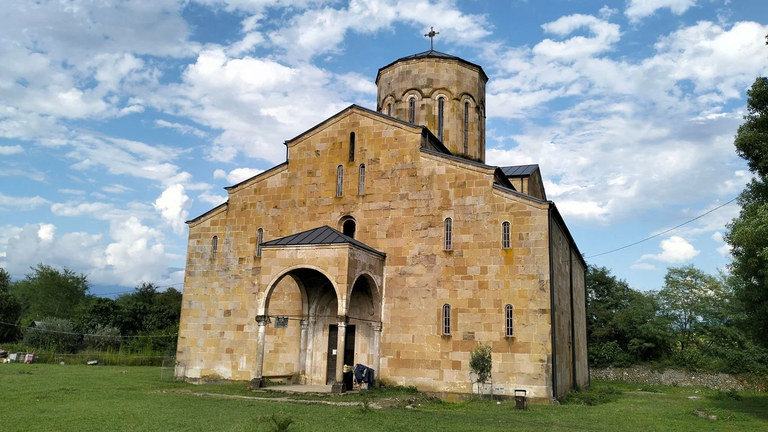
A place that defies restoration: why is the Mokva Cathedral in Abkhazia called cursed and sacred at the same time?
Sights of GeorgiaPlanning a trip to Abkhazia? Don't miss the Mokva Cathedral, one of the most ancient chur…
-
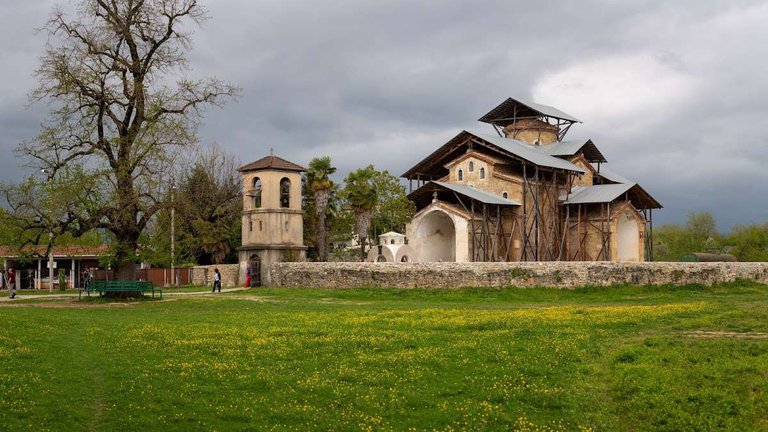
The Lykhny Church of the Dormition of the Blessed Virgin Mary is a 10th century mystery that is worth revealing!
Sights of GeorgiaFind out how to get to the temple, what to see nearby, where to eat and stay, and what sp…
-

Dranda Cathedral of the Dormition of the Blessed Virgin Mary - Find out what one of the oldest temples in Abkhazia hides
Sights of GeorgiaFind out what the Dranda Cathedral in Abkhazia hides behind it! 🌍 Discover the mysterious…
-
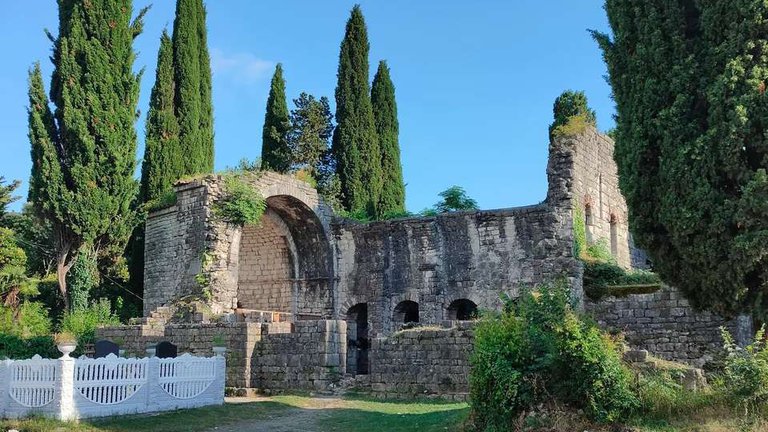
Tsandripsh Basilica: a unique Byzantine temple in Abkhazia that you must see!
Sights of GeorgiaThe Tsandrypsh Basilica is one of the most mysterious and unique sights of Abkhazia. Lear…












42 comments
Log in to leave a comment